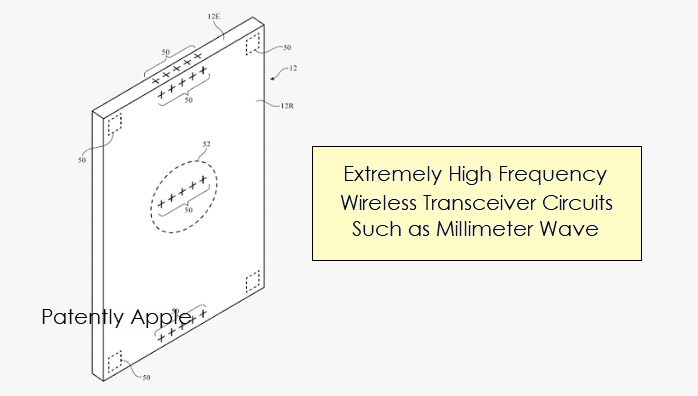
10-22: Samsung Display is reportedly mulling over whether the company will make investment for production of 60K units a month; The two-side glass penetration in China will accelerate; etc.
Touch Display
Samsung Display is reportedly mulling over whether the company will make investment for production of 30K units or 60K units a month as the first facility investment in the new factory A5 in the Tangjeong Industrial Complex in Asan. Although the outline of the entire investment size was roughly decided in 1H17, the plan was influenced by competitors’ turnarounds in 2H17. (OLED-Info, Business Korea, Digitimes)
IHS indicates that phone OLED cost is going down, getting close to LCD, TV OLED cost is decreasing too, but it is difficult to go close to TV LCD cost. However, IHS thinks TV panel market and phone panel market are different. Large-sized TV OLED panel yield rate is still relatively low, thus requiring huge investment. Thus, a 55” UHD OLED TV panel cost is 2.5 times of LCD. (TechNews, Caijing)
WitsView predicts that in 2017 the larged-size panel area will slightly grow 6% compared to 2016. Even with 3 additional production lines from China Electronics Technology Group Corp (CETC) in 2H17, the growth needs to wait till 2018 to see some results, which would expect to reach 10%. In particular, large-sized OLED is attracting focus, but since its cost going down relatively slower, in a short time it is hard to become mainstream. (Laoyaoba, MEM, Gooread, Sina)
According to WitsView, since 2015 small-sized OLED panel is growing with 37% annually, and this growth rate will continue at least till 2020. Apple iPhone X adopts OLED in 2017, a lot of vendors accelerate their investment in small-sized OLED panel. In 4Q17, BOE’s first G6 flexible OLED in China is releasing its shipment in 2018, and the growth is expects to reach 55.8%. WitsView predicts that with China’s investment increasing, by 2020, South Korea’s production would go down to 66%. (Laoyaoba, MEM, 52RD, Shoujibao)
According to Gartner, Samsung has 66% of worldwide AMOLED capacity in 2017, but Chinese makers — including BOE Technology Group, EverDisplay Optronics (EDO), Visionox and Tianma Microelectronics — will grow and provide 35% of worldwide capacity by 2021. (Gartner report)
According to TF Securities, as wireless charging requires more complex RF design, metallic cover is not the best choice. With more leading vendors using glasses design for their flagships, it expects the two-side glass penetration in China will accelerate. In 2016 mobile phone glass (both sides) market size has reached CNY40.13B, and by 2019 this number will increase to CNY105.68B. (Beijing Youth Daily, People, Laoyaoba)
Camera
Isaiah Research has revised their projection of overall dual-camera (including both front and rear cameras) smartphone shipment down to about 270M units in 2017. Apple dual-camera equipped iPhone—iPhone 7 Plus, 8 Plus and X are forecast to achieve 110M units in 2017. (Isaiah Research report)
According to Gartner, the top 5 vendors accounted for 88.9% of global CIS revenue in 2016, slightly increasing from 87.0% in 2015. And the top 3 companies have 78.9% of the market, up from 77.1% in 2015. (Gartner report)
Sensory
Isaiah Research forecasts by 2019 there will be 290M smartphones shipped in the market equipped with 3D sensing functionality, of which 55% from Apple and the remainder from Android vendors. (Isaiah Research report)
Knowles announces a new audio processor platform. The IA8508 advanced audio processor is optimized for performance and power in both near and far-field voice applications – making it the perfect solution for mobile phones, ear-worn products, and IoT devices such as digital assistants, smart speakers and TVs. (EE Times, PR Newswire, Electronics Weekly, Knowles)
Connectivity
Apple’s patent application titled “Electronic Device with Millimeter Wave Antennas”, illustrates an iPhone adopting the new antennas. Apple’s invention is to improve wireless communications circuitry such as communications circuitry that supports millimeter wave communications. The wireless circuitry may include one or more antennas. The antennas may include phased antenna arrays each of which includes multiple antenna elements. (Laoyaoba, Patently Apple, Scientific American)
Wearables
Mozilla is announcing a new development program for Mixed Reality (MR) that will significantly expand its work in Virtual Reality (VR) and Augmented Reality (AR) for the web. The initial focus will be on how to get devices, headsets, frameworks and toolsets to work together, so we developers can choose from a variety of tools and publishing methods to bring new immersive experiences online and have them work together in a fully functional way. (CN Beta, TechCrunch, Neowin, VR Focus, Mozilla)
Internet of Things
According to Wiseguy, the market of artificial intelligence (AI) is projected to register a CAGR of 17.2% and expected to reach USD14.2B by the end of 2023. According to IDC, with many industries aggressively investing in cognitive and AI solutions, spending is expected to achieve a CAGR of 50.1% over the 2016-2021 forecast period. Worldwide spending on cognitive and AI systems will total USD12.0B in 2017, an increase of 59.1% over 2016. (Laoyaoba, UDN, Digital Journal, Business Wire, IDC)
Lyft announced an impressive new funding round of USD1B led by CapitalG, Google’s venture arm. The latest cash infusion values the ride-hailing service at USD11B, the company announced. As part of the deal, CapitalG Partner David Lawee will be joining Lyft’s board. (Sina, VentureBeat, Fortune, LA Times)
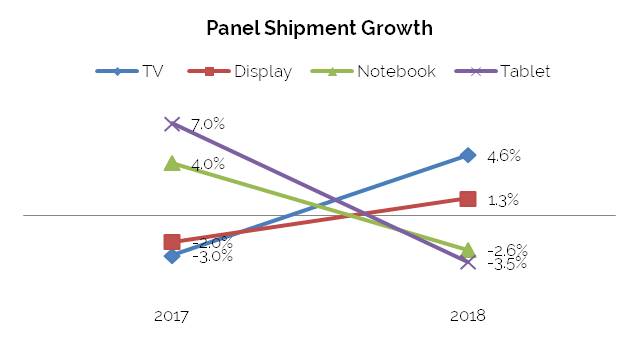

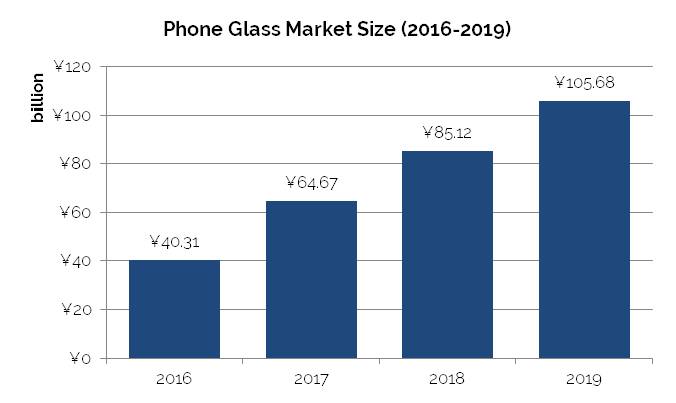
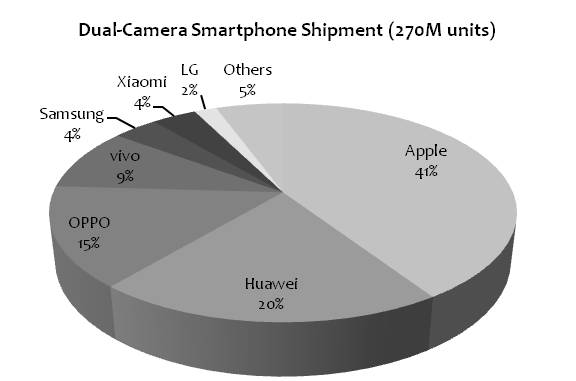
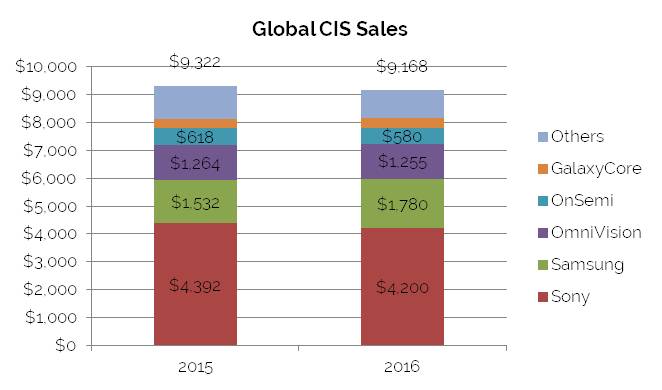
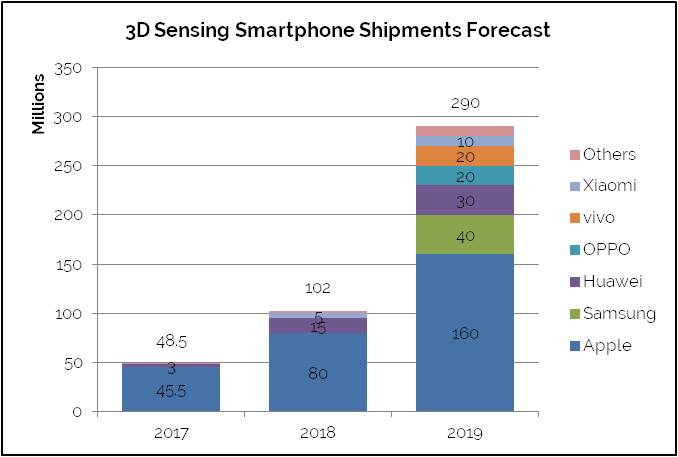
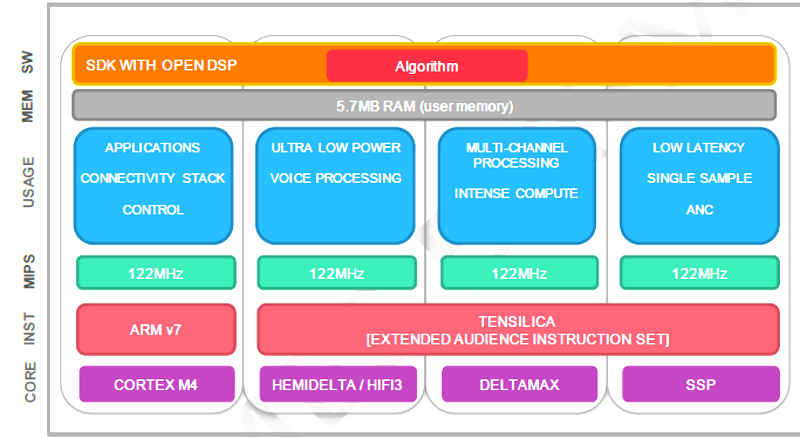

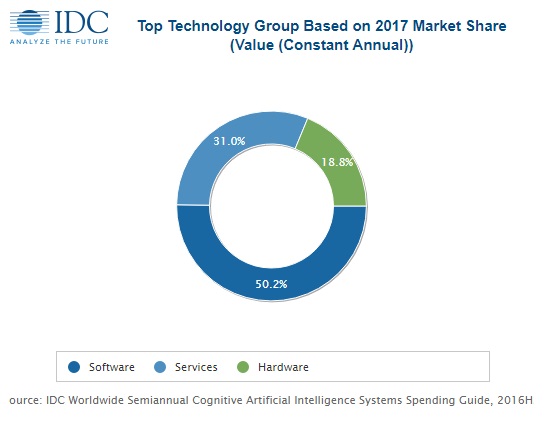
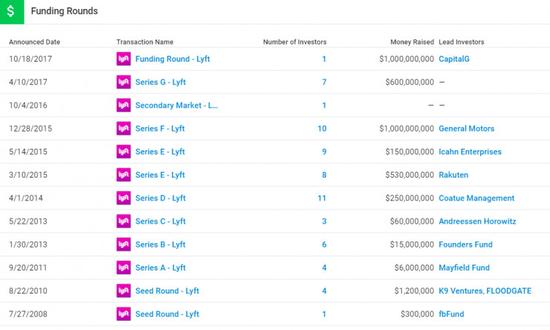
Pingback:IFTLE 367 CIS Consolidation; DARPA CHIPS Headlines 14th 3D-ASIP Conf. | Insights From Leading Edge